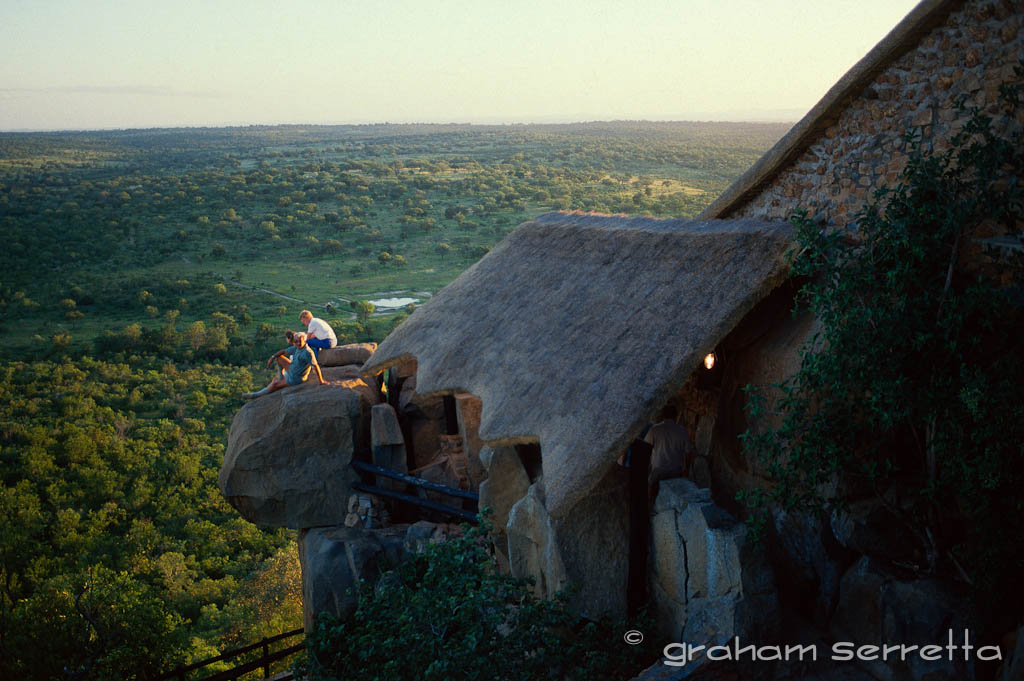 I was horrified to see, on YouYube via my best Beloved's Facebook page, a video of a rhinoceros that had had it's face hacked to pieces by poachers, who had removed not only it's horn, but most of it's nose and upper jaw. The rhino was still alive, and in obvious agony.
I was horrified to see, on YouYube via my best Beloved's Facebook page, a video of a rhinoceros that had had it's face hacked to pieces by poachers, who had removed not only it's horn, but most of it's nose and upper jaw. The rhino was still alive, and in obvious agony.
While this sort of blatant, evil cruelty brings a red mist to my vision, it is only one incident of many such incidents that are taking place at an ever increasing rate throughout southern Africa.
According to savingrhinos.org, the actual tally of rhinos killed since 2007 is as follows:
According to savingrhinos.org, the actual tally of rhinos killed since 2007 is as follows:
2007: 13
2008: 83
2009: 122
2010: 333
2011: 448
and the tally so far in 2012 is over 40, and it's only February!
A glance at the figures shows that the slaughter is increasing at an exponential rate year on year, and it will be obvious to anyone with half a brain that the rhino population cannot sustain this rate of decimation. It is also disturbing to note that the majority of poached rhinos in 2010 and 2011 were lost in the Kruger National Park, with the numbers escalating there more than elsewhere. Something smells.....
 Alarmingly, the number of arrests of poachers is low, due to the lack of resources of the various conservation authorities and game reserve managers, but more alarmingy the successful prosecution of suspected poachers, (and many are not "suspects" but are caught red-handed, with blood up to their arm-pits) is even lower, with only 5% of the total of 397 arrests being convicted in 2010. Some cases are regularly and continuously postponed or deferred, and case files simply disappear.
Alarmingly, the number of arrests of poachers is low, due to the lack of resources of the various conservation authorities and game reserve managers, but more alarmingy the successful prosecution of suspected poachers, (and many are not "suspects" but are caught red-handed, with blood up to their arm-pits) is even lower, with only 5% of the total of 397 arrests being convicted in 2010. Some cases are regularly and continuously postponed or deferred, and case files simply disappear.
Giving hope for the future, the arrest of three Mozambican nationals for rhino poaching in South Africa recently resulted in 25 year prison sentences being handed down by the court. The cynic in me thinks that the judge may have had a vested interest in rhino conservation - but I hope that the sentences were just the result of good justice and that such sentences become the norm from now on.
Rhino are not the only endangered species being targeted by the poacher's guns - elephant are also being killed for their ivory despite the stringent international restrictions on the sale of ivory, The recent proposals by SITES to lift these restrictions and once again allow commerce in ivory make me despair for the future of the African elephant, and I wonder what the hidden agendas are that motivate such lunacy? Of course, the answer is money - it always is! Man's greed - the most destructive of all evils. Stupidly - yes, stupidly, most westerners, who wield the collective and individual economic power to bring change, don't believe that saving a species of animal such as the rhino is all that important! What's in it for them? I wonder if most people even know what the term "extinct" really means?
How do we bring change to this deplorable situation? As with most things, education is the key, and the will to force politicians to bring pressure to bear on the countries where the spoils of the poaching are purchased and consumed by an ignorant populace, to not only curtail the importation and trade in these products, but to introduce educational programs to diminish the future demand. It's a cultural problem, you say? So was slavery in England and the USA, and so was opium in China, but change happened! We just need the awareness and the will!
I am delighted to read that Sir Richard Branson is putting his considerable weight behind the conservation of the Tiger in India. Virgin’s non-profit arm, Virgin Unite, is partnering with Wild Aid in India for the tiger conservation effort. Tiger poaching is just as serious a problem in India, and just as dangerous to the survival of the species, as rhino poaching is in Africa. Bravo, Sir Richard!
If you want to help the survival of the rhino, you can start here;
and if you want to help prevent the Tiger from becoming extinct, start here:
http://www.virginunite.com/GiveCash/Rest-of-World/?gclid=CPfEk7OKra4CFYsntAodhj1oSw
To read more on the Rhino Wars, see the March National Geographic on-line feature, here:
http://ngm.nationalgeographic.com/2012/03/rhino-wars/stirton-photography#/
GrahamS
To read more on the Rhino Wars, see the March National Geographic on-line feature, here:
http://ngm.nationalgeographic.com/2012/03/rhino-wars/stirton-photography#/
GrahamS





